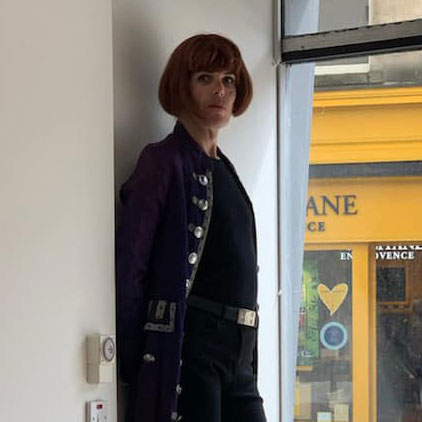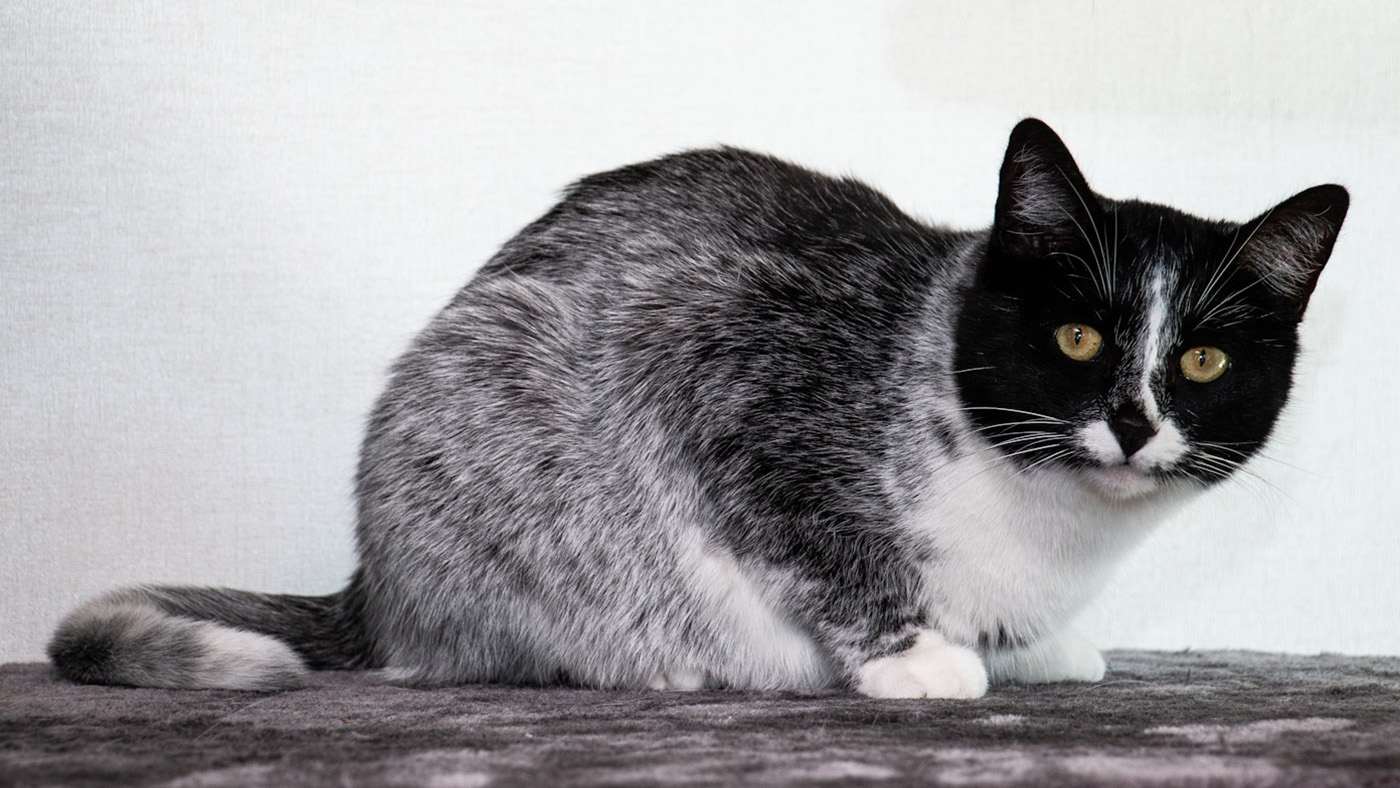Polydactyl cats: What it is, causes and number of toes
Some cats have extra toes, and it's not as rare as you might think
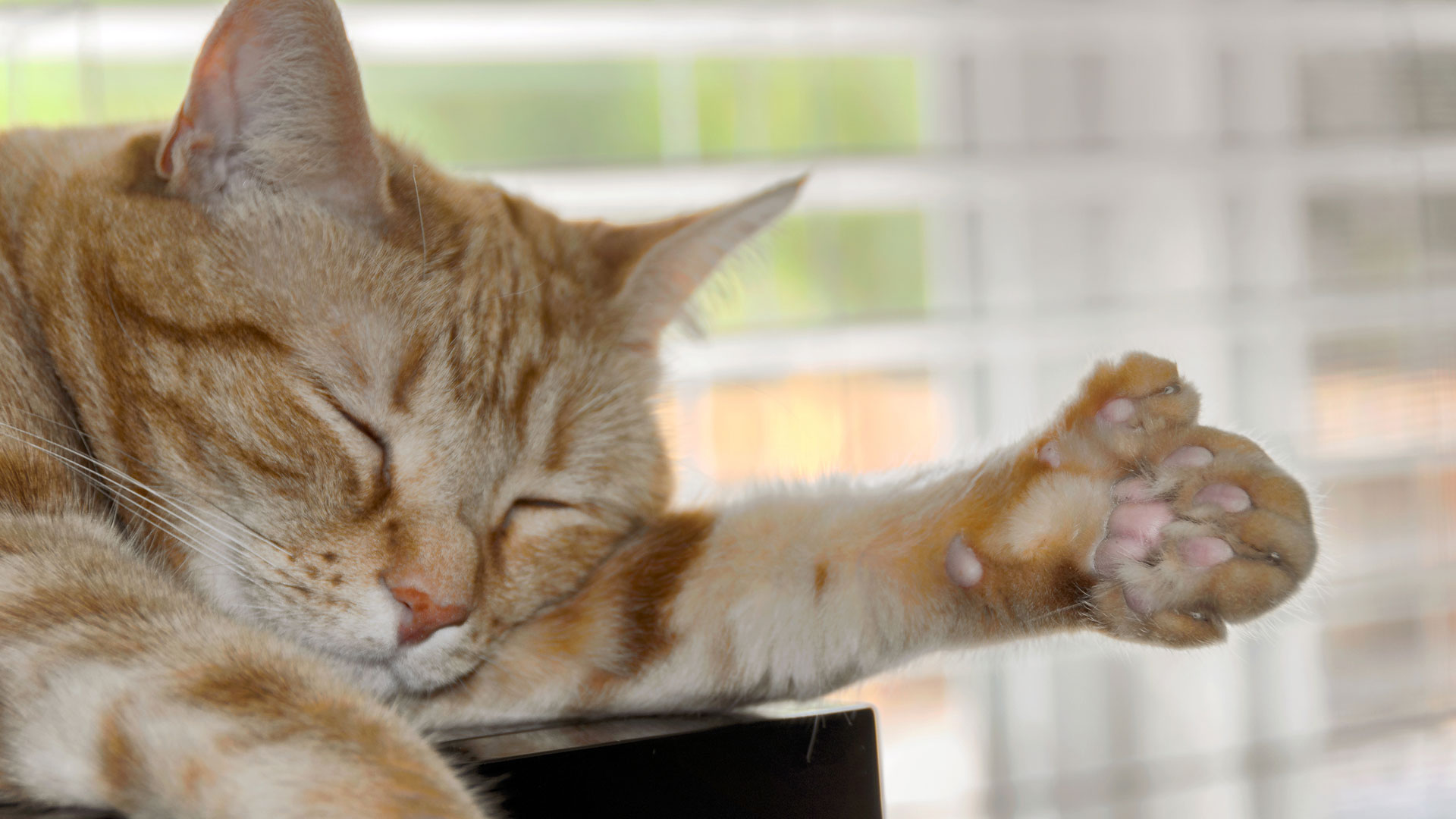
If the mention of polydactyl cats conjures up a horrifying mental image of a cross between a cat and a winged dinosaur, don't panic. The skies (and the birds) are safe from such monstrosities for now. No, a polydactyl cat is one that's blessed with extra toes, usually (but not exclusively) on the front paws.
Polydactyl cats aren't something you'll see every day, but neither are they super-rare, and for most polydactyl cats having an extra toe or too isn't a disadvantage, as it is with similar phenomena such Janus cats; in fact for many polydactyl cats those extra toes can be a positive boon.
Read on to find out more about polydactyl cats and discover what causes this condition, how many extra toes they can have and why they're often referred to as Hemingway cats.
What causes polydactyly?
Polydactyl cats get their extra toes thanks to congenital abnormality that's passed down from their parents; essentially it's a genetic mutation.
If one of a cat's parents is polydactyl, it's likely that around half of every litter of kittens will be polydactyl doo. Usually polydactyly affects the front paws, and occasionally it can happen to the back paws, but it's very rare that it affects all four paws.
How many extra toes can polydactyl cats have?
There's no set number of extra toes that a polydactyl cat can have. They can have several extra toes on each paw (although as mentioned, this is most likely to be on the front paws), and the extent to which these toes develop can vary; some may be fully-functioning toes, while others might be underdeveloped vestigial growths.
The world record for a polydactyl cat is held jointly by a Canadian ginger tabby called Jake, and an American polydactyl called Paws, with 28 toes each: seven on each paw. That's a lot of toe beans.
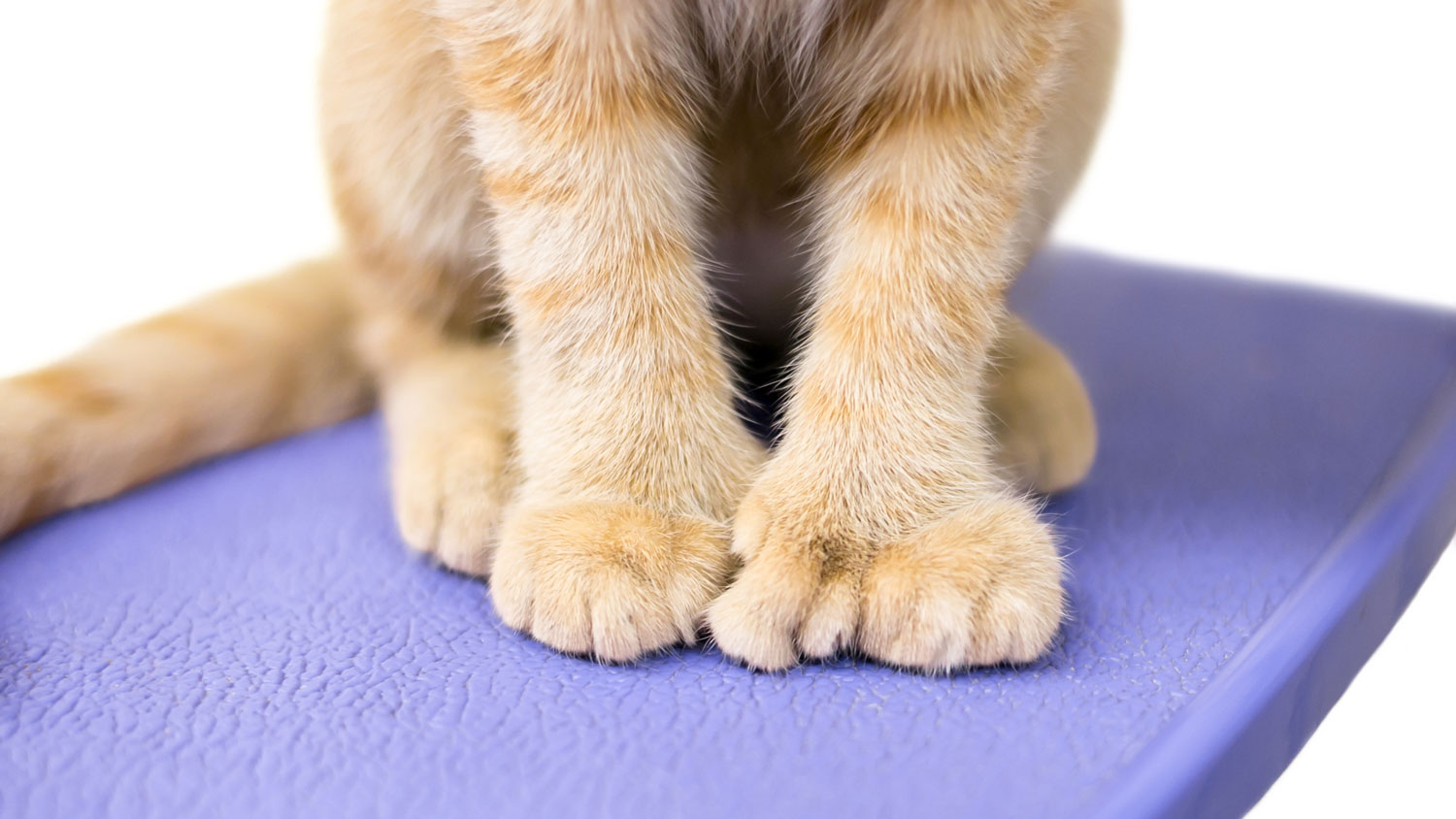
Does polydactyly in cats cause problems?
Extra toes can cause some difficulties for polydactyl cats, because that translates into more claws to get snagged on things, but in general polydactyl cats can find themselves at an advantage over less digitally gifted cats.
Their wider paws make it much easier for them to balance on tricky walkways, and they also have a much easier time on difficult surface such as snow or sand. Climbing's much easier for polydactyl cats, too, and their extra toes also give them an advantage when it comes to hunting – and holding onto – prey.
However there's another condition similar to polydactyly that can be detrimental to a cat's health. Feline radial hypoplasia also causes extra toes to develop, however these grow next to the cat's normal toes and can result in wide, flat feet.
This may not be a problem immediately, but if a cat with feline radial hypoplasia breeds, its offspring may well develop more serious and debilitating paw deformities.
Are polydactyl cats rare?
While polydactyl cats don't make up a big proportion of the cat population, they're reasonably common, and because the condition's inherited, one polydactyl cat can reasonably produce quite a few more polydactyl cats.
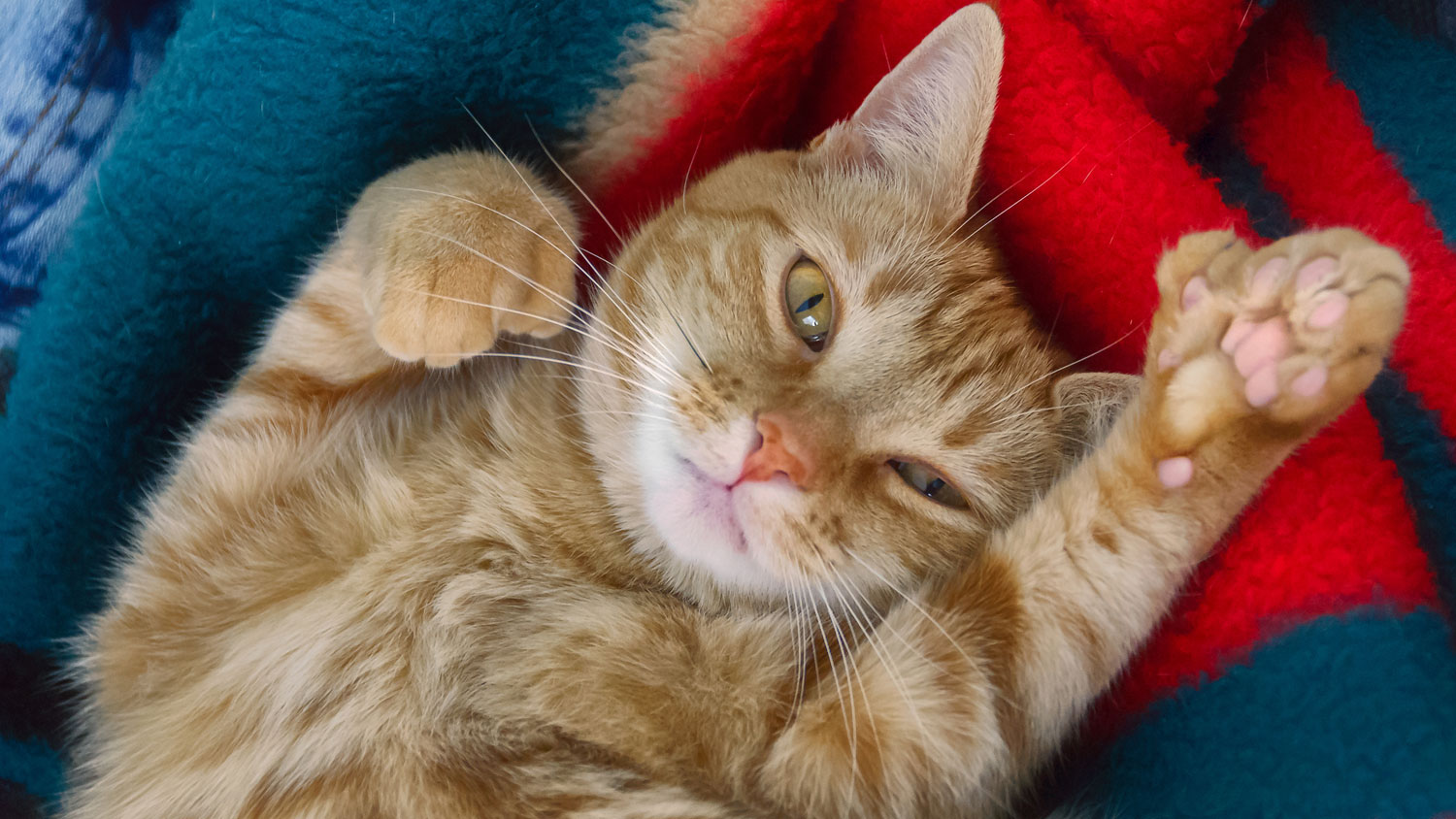
Are any cat breeds more likely to be polydactyl cats?
Polydactyly can affect any breed of cat; however there are a few breeds where it's found more often.
The most notable breed for polydactyly is the Maine Coon, and it's not entirely surprising that this is the case; huge, fluffy Maine Coons are at home in the snow, and the extra-big paws that polydactyly affords makes it much easier for them to get around.
Maine Coons are also descended from ships' cats, and when you're a cat at sea, earning your living by hunting mice and rats in the belly of an unsteady ship, extra toes can be a huge advantage.
Why are polydactyl cats sometimes called Hemingway cats?
Funnily enough, it's all down to the American writer, Ernest Hemingway. It's said that he was given a polydactyl kitten in the 1930s by a sea captain and kept it at his home in Key West Florida, where it bred and produced a lot more polydactyl cats.
The house is now the Hemingway Home and Museum, and while Papa's long gone, there are still dozens of cats living there, known as the Hemingway cats, and around half of them are polydactyl.
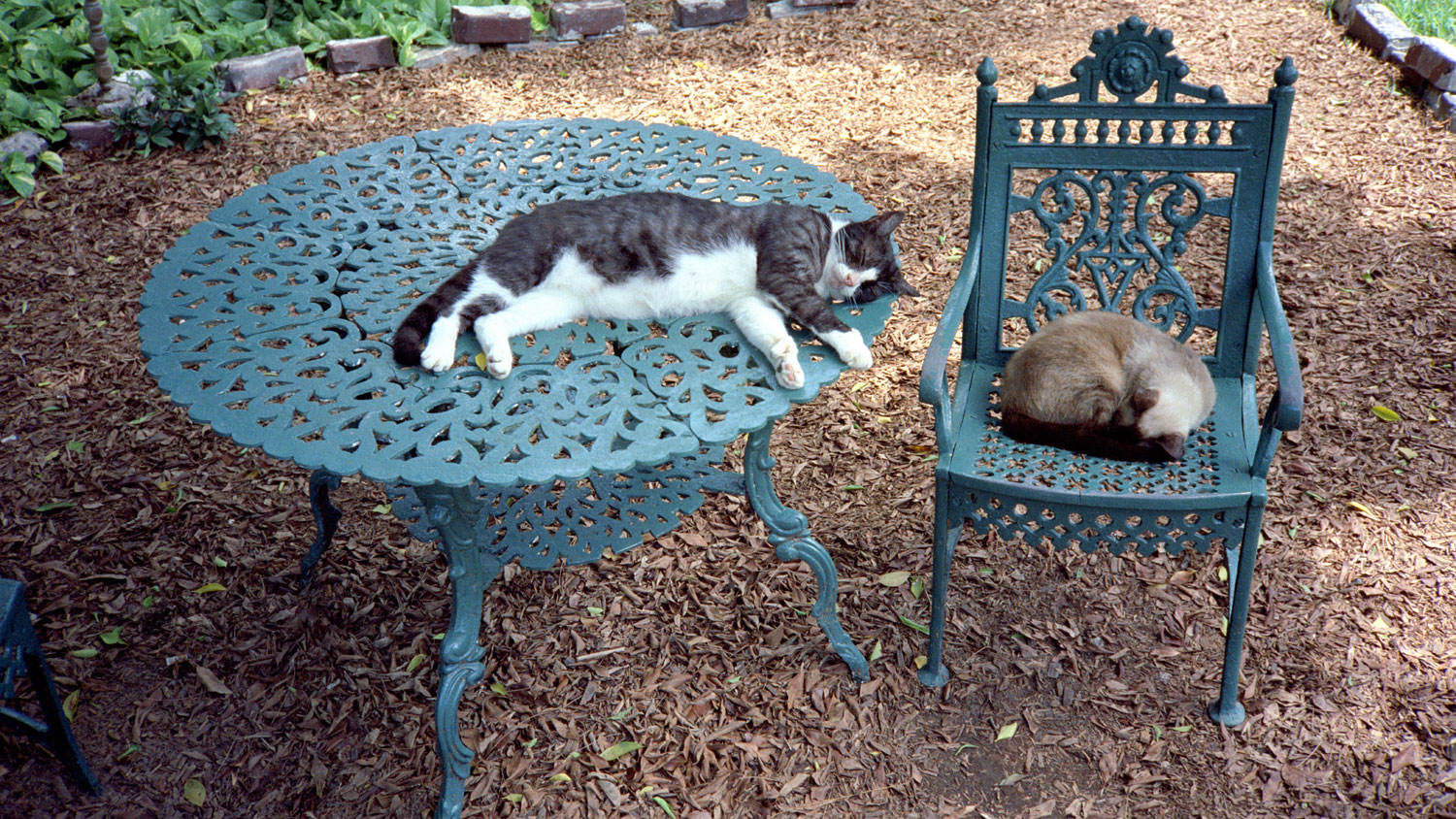
Where can I find a polydactyl cat?
If you can't get to Ernest Hemingway's house, there are places in the world where you're in with a good chance of finding a polydactyl cat. Specifically, the east coast of the USA, and the southwest of England have a much higher concentration of polydactyl cats.
And once again it's because polydactyls make such good ships' cats; they were highly valued by sailors (and believed to be lucky, as well as being excellent mousers), and so it's only natural that they'd accumulate around ports. And back then the main ports – at least from a transatlantic point of view – were, yes, on the US east coast and in southwest England.
PetsRadar Newsletter
Get the best advice, tips and top tech for your beloved Pets
Jim is a writer, performer and cat-wrangler based in Bath, who last year adopted a pair of sibling rescue cats who turned out to be effectively feral, and has spent a lot of time since then trying to get them accustomed to people (some success) and each other (ongoing project).
